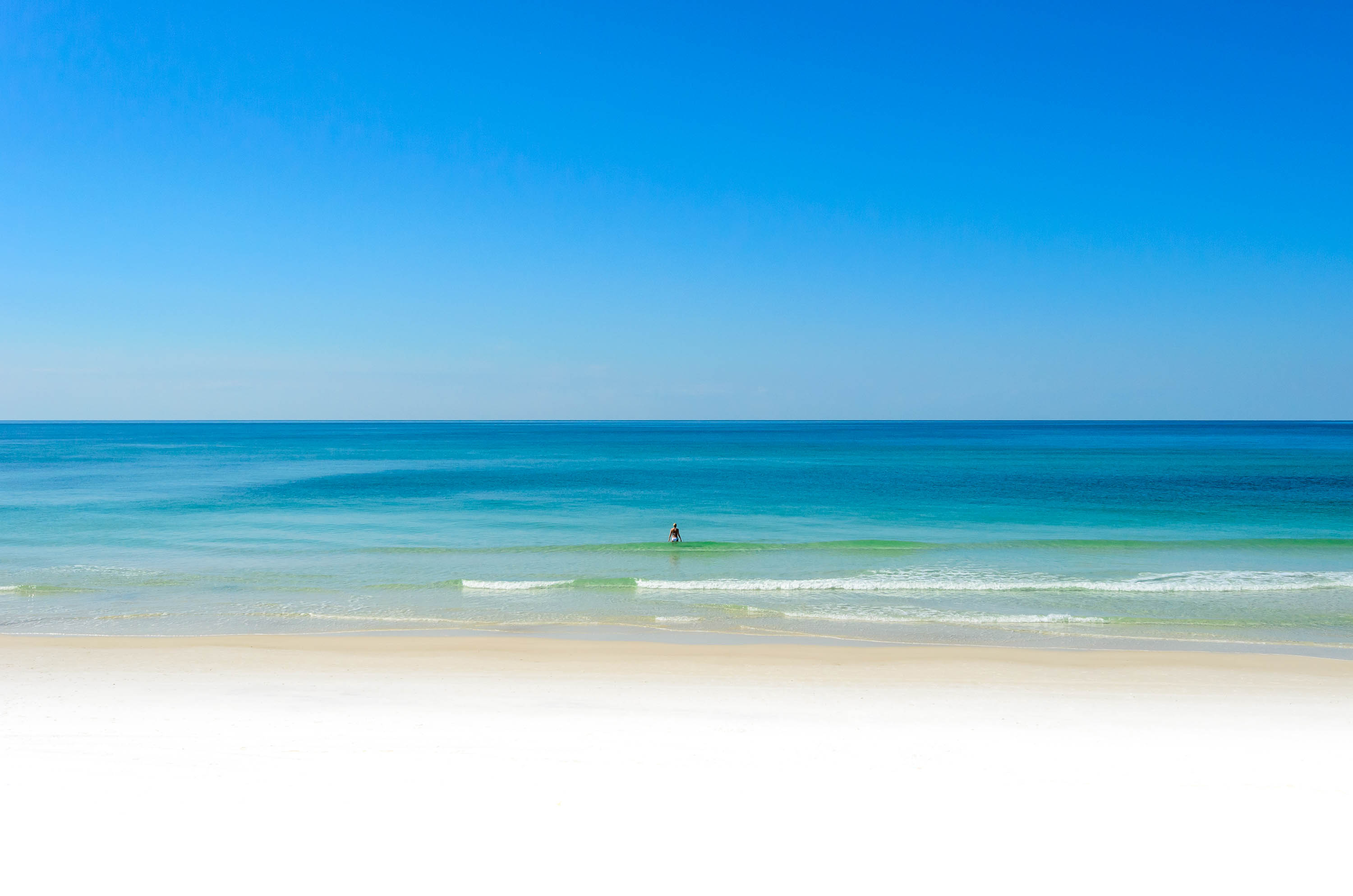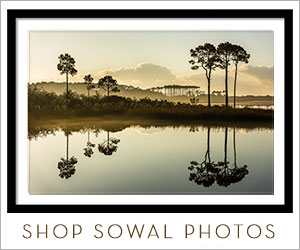 https://myfwc.com/
FWC About Lighting Pollution
https://myfwc.com/
FWC About Lighting Pollution
The effects of night lighting on wildlife have been known for hundreds, even thousands, of years. Hunters and fishers have used torches, lamps, and other light sources to attract their quarry to them, so powerful is the effect of light on some species. Gas-lit lighthouses have long had the reputation of attracting marine birds by the thousands, as well. But only in the past century, with the advent and spread of electricity, has the problem of artificial night lighting become so pervasive.
All animals and plants on this planet (including humans) are genetically adapted to regular day/night/seasonal cycles that have, in many places on the planet, been completely interrupted by the glow created by artificial lights. Although some animals may capitalize on the lighting, many suffer its effects, and one hundred years is not enough time to genetically adapt to these changes.
To understand the affects of artificial light, we must first understand the difference between diurnal and nocturnal creatures. Diurnal species are species that are primarily awake during the day, and sleep at night. These include animals such as bees, squirrels, songbirds, and even humans. Nocturnal animals sleep during the day, and move about at night. These include animals such as moths, bats, frogs, and cats. Artificial light affects both, but in different ways.
Artificial light has several general effects on wildlife:
- Attracts some organisms (moths, frogs, sea turtles), resulting in them not being where they should be, concentrating them as a food source to be preyed upon, or just resulting in a trap which exhausts and kills them.
- Repels some organisms, excluding them from habitat where they might otherwise make a living. Makes it a form of habitat loss.
- Alters the day/night patterns, resulting in not getting enough sleep, not having enough down time for the body to repair itself, alters reproductive cycles.
Humans can go inside and turn out the lights out to prevent these issues, but the frogs in the pond by the streetlamp can't. For animals that are very site specific, it's not an option to move. They just get eaten, or fail to reproduce. For those that can move, as more and more lighting encroaches on dark areas, the areas that are dark enough to move TO become fewer and further between. Artificial lighting is another form of habitat loss.
Keeping the light
LOW (mounting the fixture as low as possible) and
SHIELDED (fully shielding the light so bulbs and/or glowing lenses are not visible) cuts down on the amount of glare and light visible to the animals, so that there is less opportunity for them to get trapped, repelled, or have their day/night patterns altered. Keeping it
LONG wavelength (ambers and reds) actually makes the light that is visible seem dimmer to nocturnal animals that primarily use rod vision. The rod system's peak sensitivity is at 496 nm, so a low pressure sodium light, with its emitted light at 589 nm, should seem 1/10th as bright to an animal using purely rod vision vs. an animal that uses rods and cones to see (see
Publications: Ecological Consequences of Night Lighting, p. 33).
Changing to LOW, SHIELDED, and LONG wavelength lights also results in energy savings. For instance, lights that are lower and shielded often result in more lumens (light) being focused onto the ground, rather than wasted illuminating the sky above the light. Additionally, some long wavelength light sources such as low pressure sodium lights and amber LEDs use a fraction of the energy of their mercury halide, incandescent and even fluorescent counterparts

 sowal.com
sowal.com













